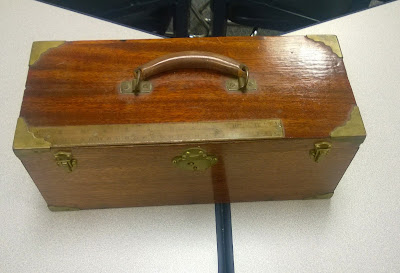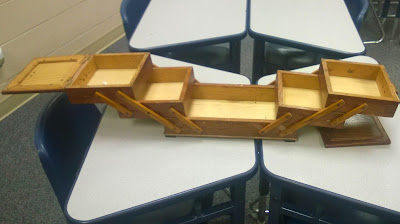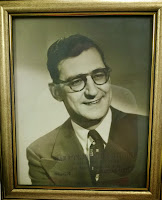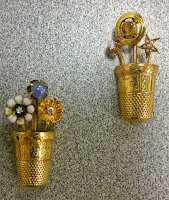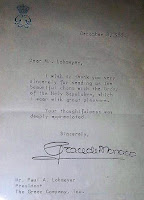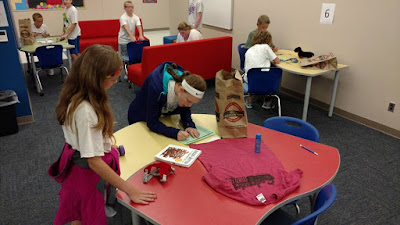I have been working on a way to introduce archaeology to my students and give them some hands-on experience digging up artifacts. I have been working this last year to gain the funds necessary to even attempt the idea I have in my head. After receiving some grant money through the Kansas Council for Social Studies Mini-Grant and Walmart Community Grant I was able to start doing some serious planning to get this underway. The project title is Digging Up America and I have decided to break it into three different sections. Breaking the project into three different parts allowed for short-term goals for a long-term project, and made it simpler for the kids to grasp.
- The Set-Up
- The Dig & Identification of Artifacts
- The Presentation of Artifacts
Before I let my students participate in an archaeological dig, I needed them to know what they were doing. I wanted them to look into what an archaeologist is, how artifacts are excavated, and then how they are identified.
This part needed to be pretty quick and simple. A hook to get them started before the big dig. I decided to use one of my favorite teaching strategies. The jigsaw.
I divided the students into teams of 3. This would be their "home" team, with which they would do their dig and final presentation. I divided the information I wanted students to know into three topics. Each team member would be assigned a topic to research, complete with a form to fill out and a list of websites that would be good to use. The topics...
- What is archaeology?
- Dig sites and excavation
- Treatment of artifacts
I also wanted the students to review how to use one of my favorite technology presentation apps on the iPad. Adobe Spark Video. They used this last year as 7th graders and I wanted them to refresh their skills. Students were required to researching their topic by filling out the form provided and then create a Spark Video that included all of the information from the research form. Once completed they went back to their "home" teams and presented their information to the team.
This ensured that each person was exposed to all of the information about archaeology and digs, but didn't have to pour over hours of research. By dividing up the required work this speeds up the amount of time I spent on it, while incorporating technology that we'll use throughout the year. Win. Win.
Here is an example of Spark Video used for each topic! I just love this app because it is super-easy for students to use and there's not a bunch of options for themes, fonts, colors, and so on. While those effects can be cool, it is also a major time-suck when students are working on a presentation. Adobe Spark forces kids to focus on good content. A new super bonus...it is now available on the web so it can be used on all tablets and computers. (click here for Adobe Spark, they have other cool things too!)
What is Archaeology? By Camdyn P.
Dig Sites and Excavation: By Owen H.
Treatment of Artifacts: By Mac
Stay tuned for the next post on The Dig & Identification of Artifacts!
Interested in the project documents including rubrics? Have questions about KCSS or the Walmart Community Grant? Want to talk about different options to modify this project without funds, let's talk about it! Contact me on Twitter @JillWebs or on Facebook - Jill Weber-cms and we can collaborate!



